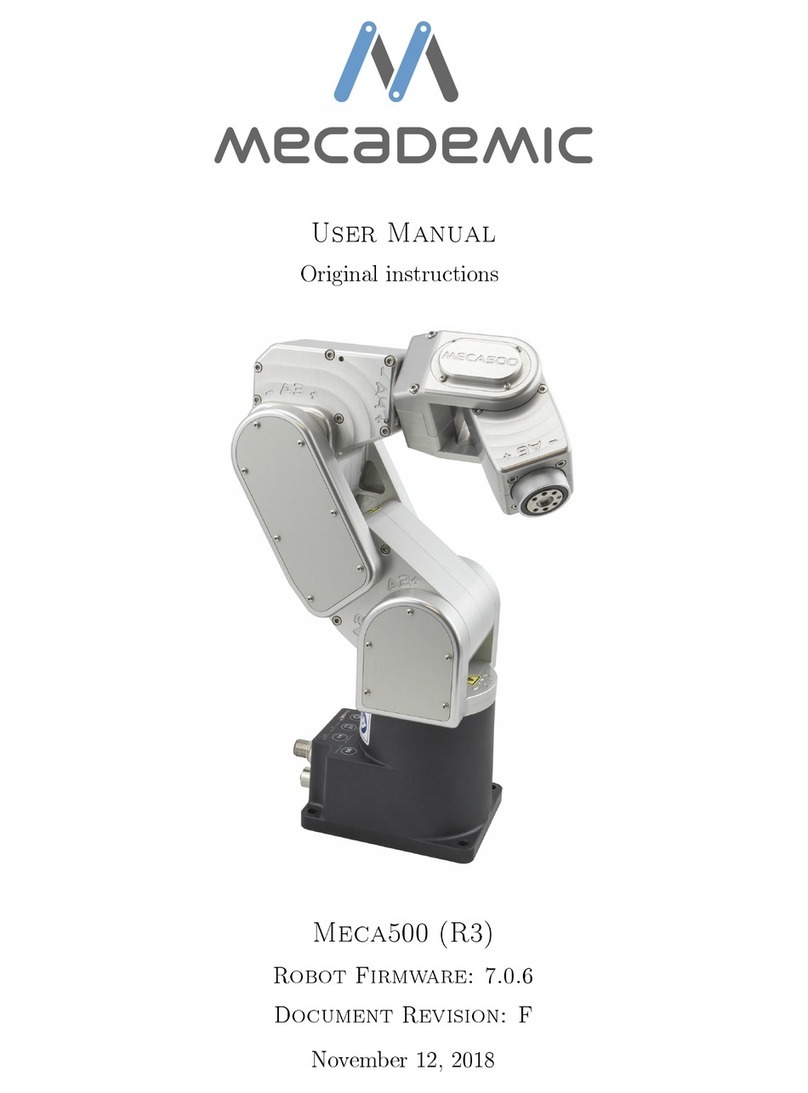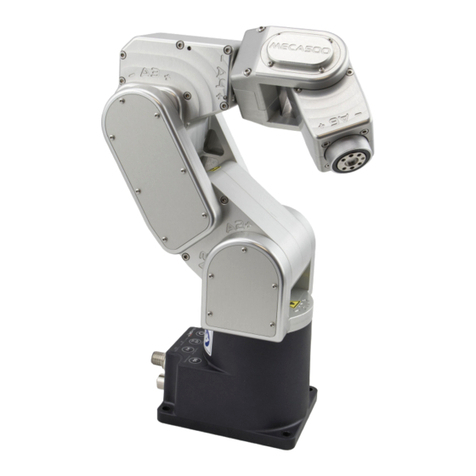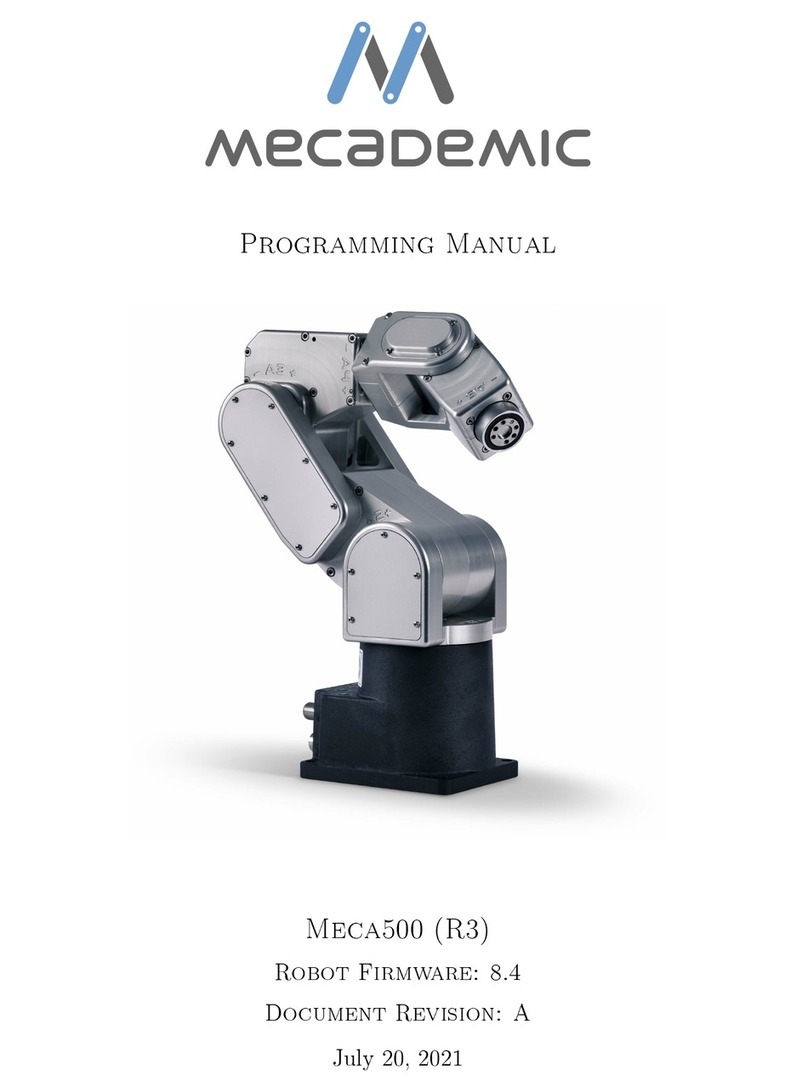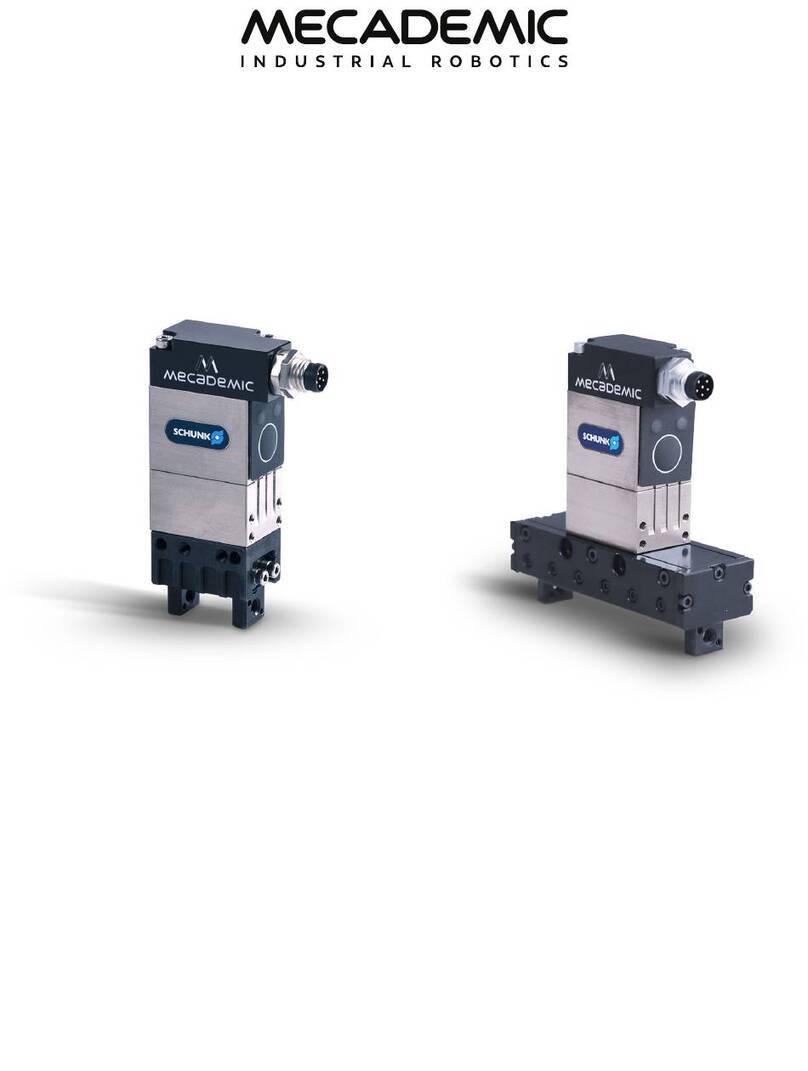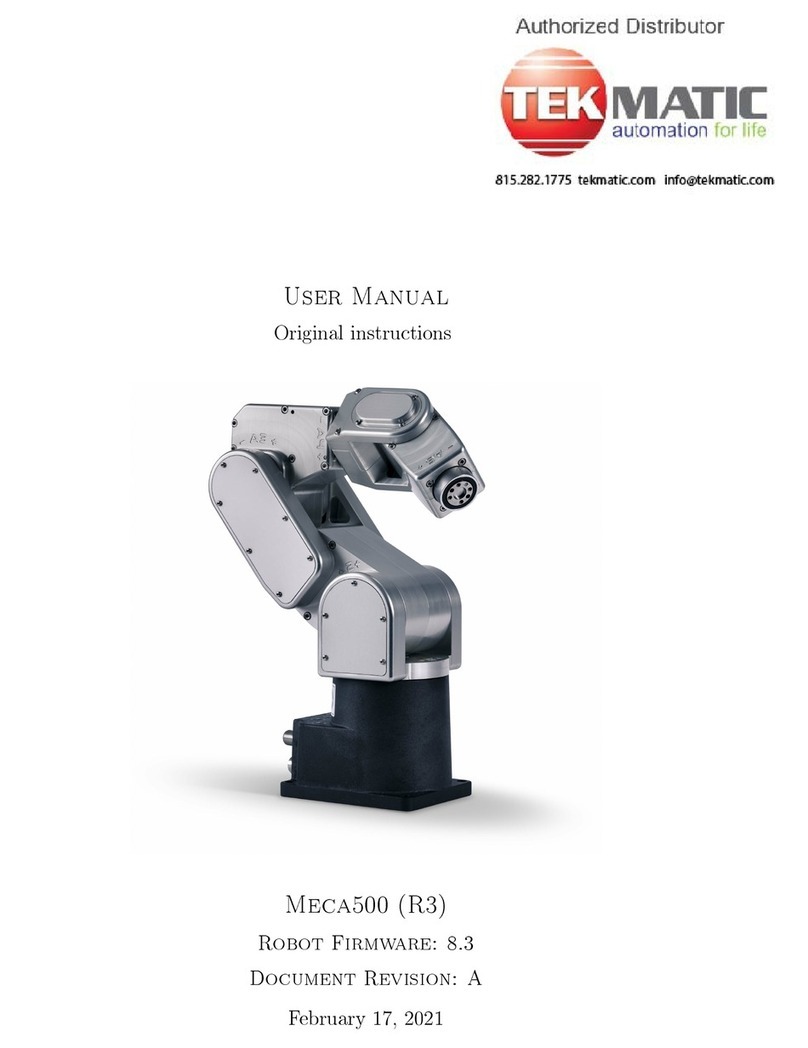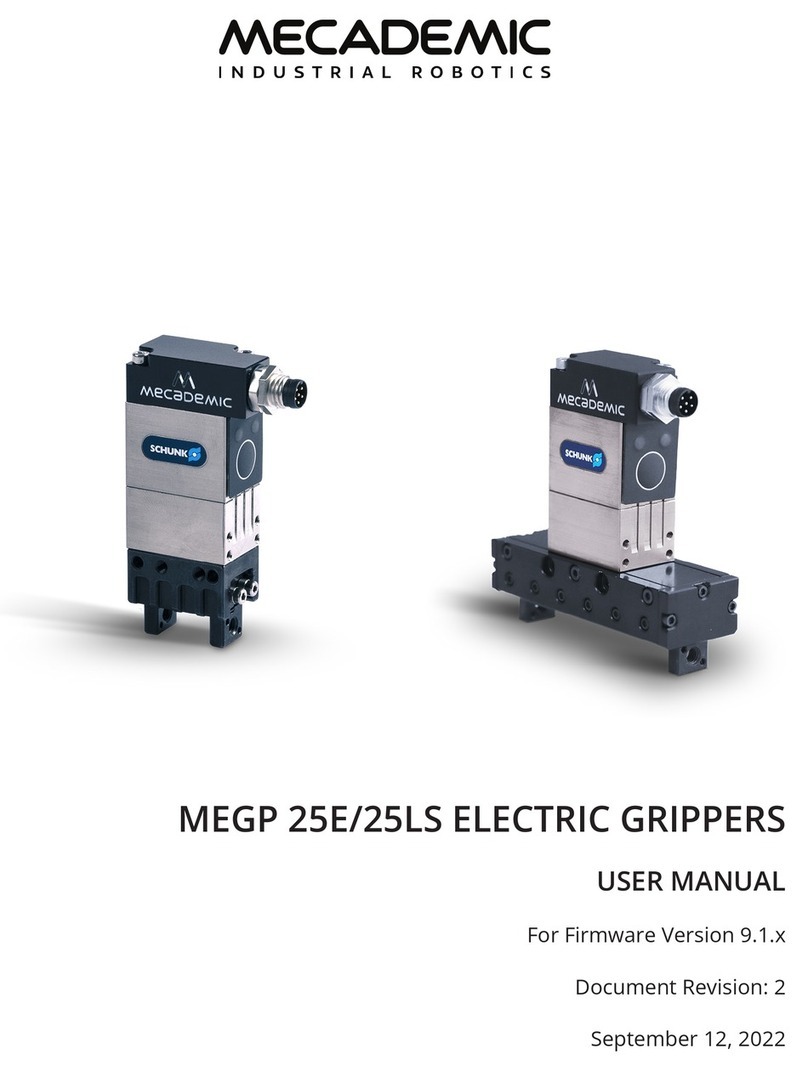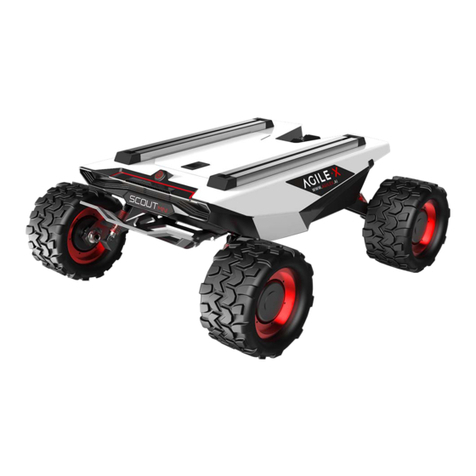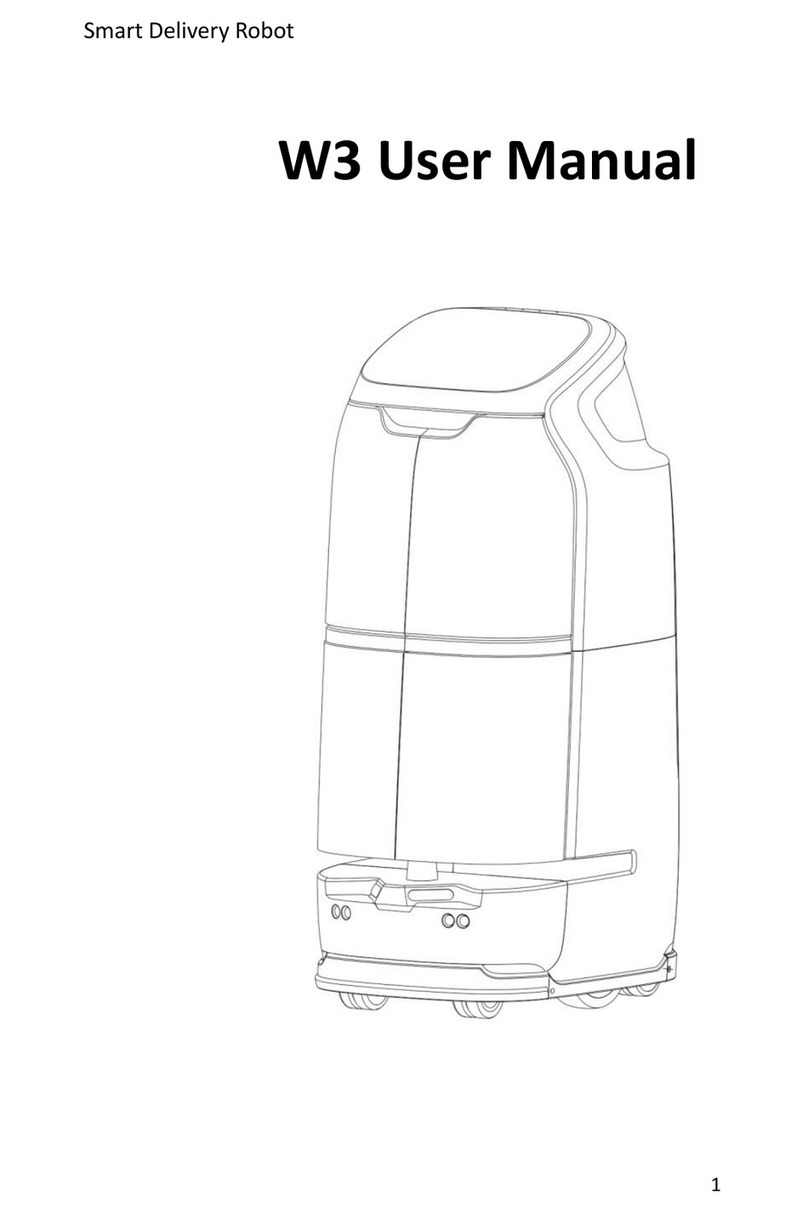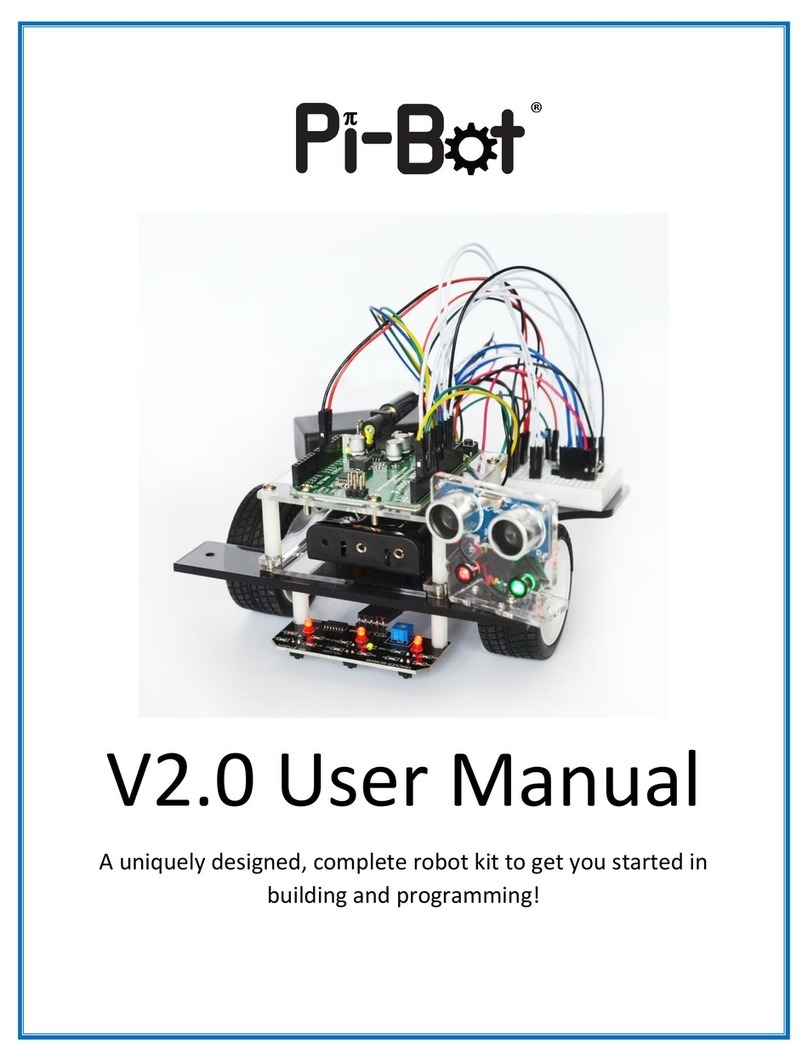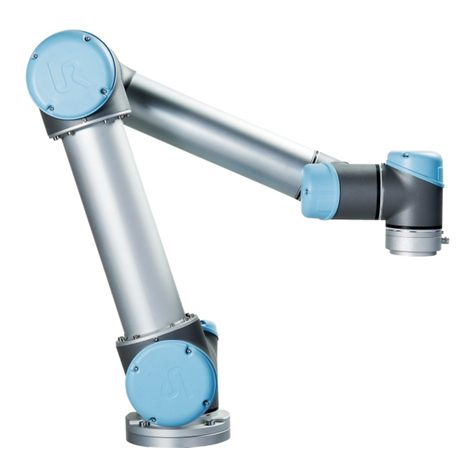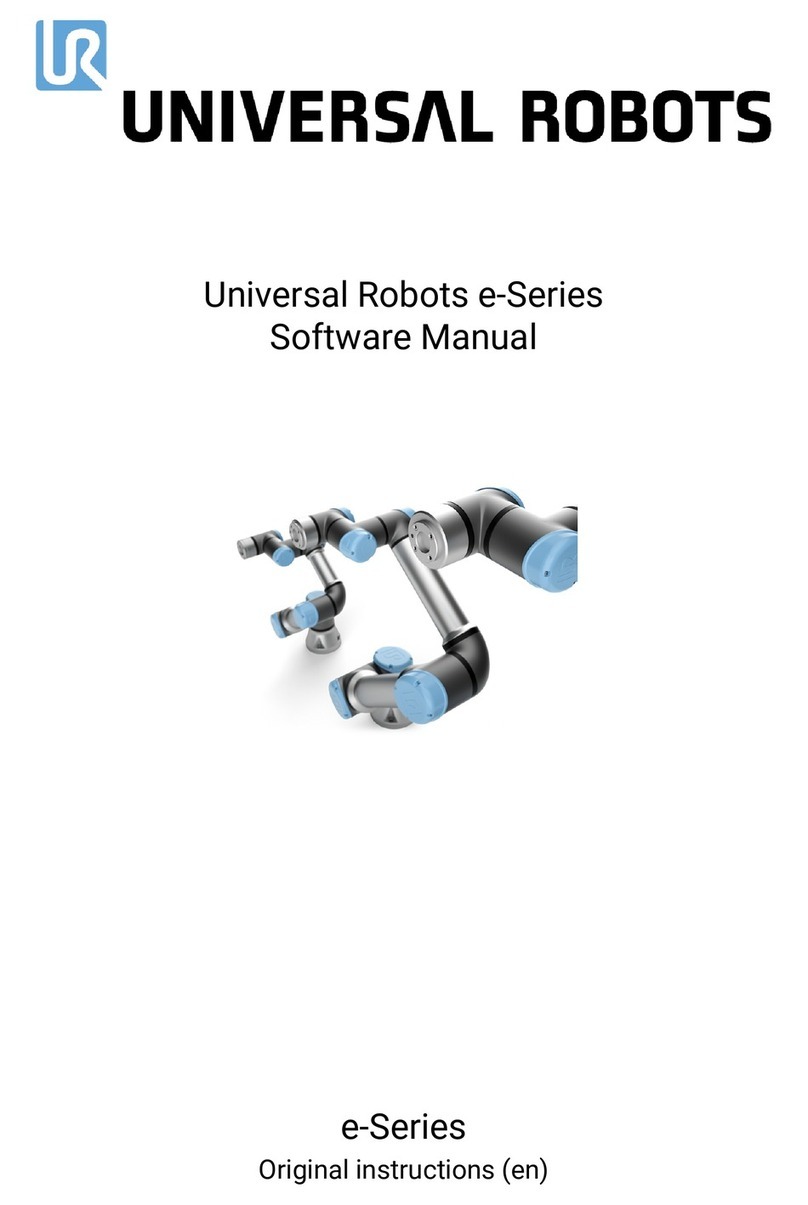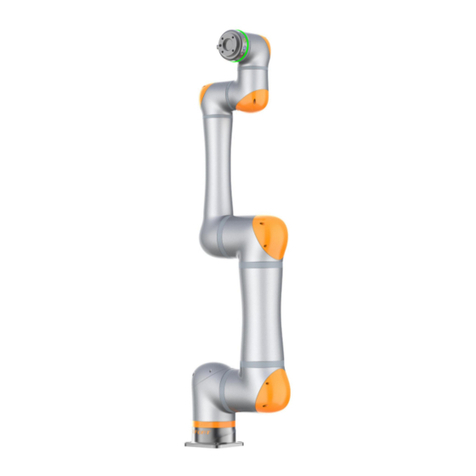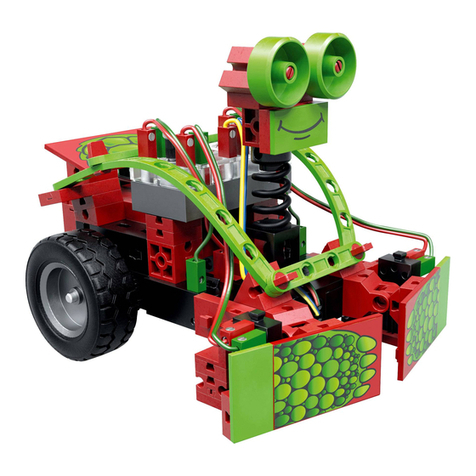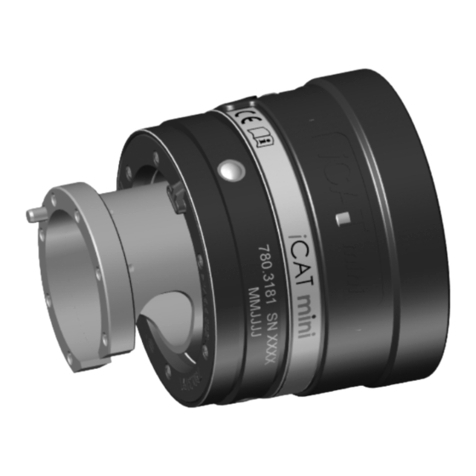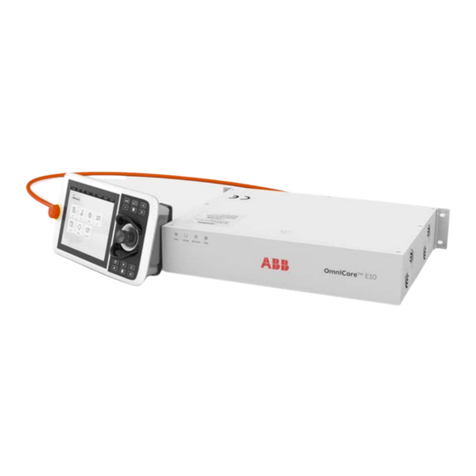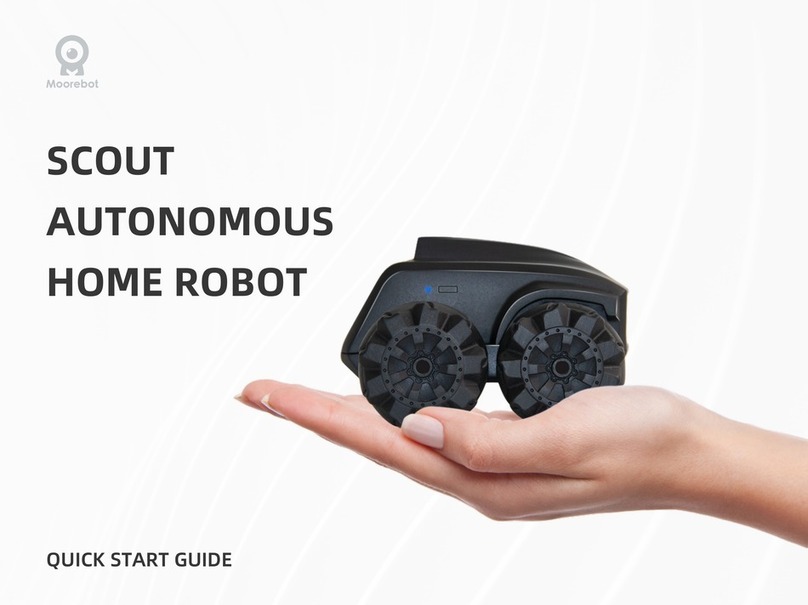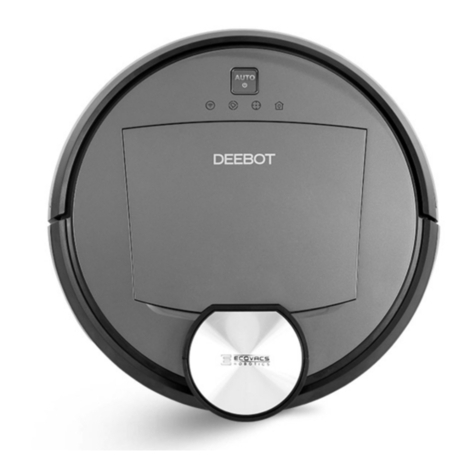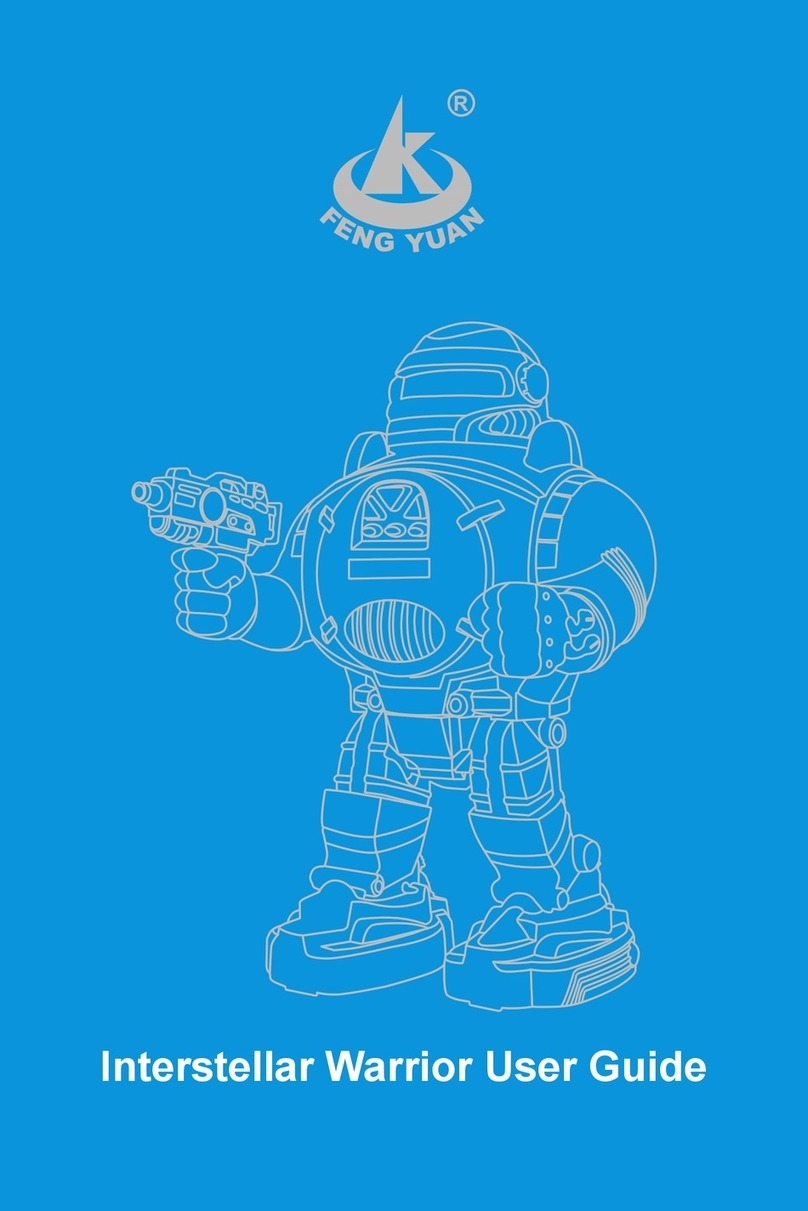
ii Programming manual for Meca500 (for rmware 9.2.x)
2.1.23 SetGripperRange(dclosed,dopen)...............................................................................................................................24
2.1.24 SetGripperVel(p).....................................................................................................................................................25
2.1.25 SetJointAcc(p)........................................................................................................................................................25
2.1.26 SetJointVel(p).........................................................................................................................................................25
2.1.27 SetTorqueLimits(p1,p2,p3,p4,p5,p6).........................................................................................................................26
2.1.28 SetTorqueLimitsCfg(s,m)........................................................................................................................................26
2.1.29 SetTrf(x,y,z,α,β,γ)....................................................................................................................................................26
2.1.30 SetValveState(v1,v2).................................................................................................................................................27
2.1.31 SetVelTimeout(t).....................................................................................................................................................27
2.1.32 SetWrf(x,y,z,α,β,γ)...................................................................................................................................................27
2.2. General request commands.......................................................................................................................28
2.2.1 ActivateRobot .........................................................................................................................................................28
2.2.2 ActivateSim/DeactivateSim....................................................................................................................................28
2.2.3 ClearMotion............................................................................................................................................................28
2.2.4 DeactivateRobot .....................................................................................................................................................28
2.2.5 BrakesOn/BrakesOff ..............................................................................................................................................29
2.2.6 EnableEtherNetIp(e)...............................................................................................................................................29
2.2.7 EnableProfinet(e)...................................................................................................................................................29
2.2.8 GetExtToolFwVersion..............................................................................................................................................29
2.2.9 GetFwVersion .........................................................................................................................................................29
2.2.10 GetModelJointLimits(n)..........................................................................................................................................30
2.2.11 GetProductType ......................................................................................................................................................30
2.2.12 GetRobotName.......................................................................................................................................................30
2.2.13 GetRobotSerial .......................................................................................................................................................30
2.2.14 Home ......................................................................................................................................................................30
2.2.15 LogTrace(s).............................................................................................................................................................31
2.2.16 LogUserCommands(e1,e2)......................................................................................................................................31
2.2.17 PauseMotion...........................................................................................................................................................31
2.2.18 ResetError..............................................................................................................................................................31
2.2.19 ResetPStop.............................................................................................................................................................32
2.2.20 ResumeMotion .......................................................................................................................................................32
2.2.21 SetCtrlPortMonitoring(e).......................................................................................................................................32
2.2.22 SetEob(e)................................................................................................................................................................33
2.2.23 SetEom(e)...............................................................................................................................................................33
2.2.24 SetExtToolSim(e)....................................................................................................................................................33
2.2.25 SetJointLimits(n,θn,min,θn,max).................................................................................................................................34
2.2.26 SetJointLimitsCfg(e)...............................................................................................................................................34
2.2.27 SetMonitoringInterval(t).........................................................................................................................................34
2.2.28 SetNetworkOptions(n1,n2,n3,n4,n5,n6).....................................................................................................................35
2.2.29 SetOfflineProgramLoop(e).....................................................................................................................................35
2.2.30 SetRealTimeMonitoring(n1,n2,...)...........................................................................................................................35
2.2.31 SetRobotName(s)...................................................................................................................................................36
2.2.32 SetRecoveryMode(e)...............................................................................................................................................37
2.2.33 SetRtc(t)..................................................................................................................................................................37
2.2.34 StartProgram(n).....................................................................................................................................................38
